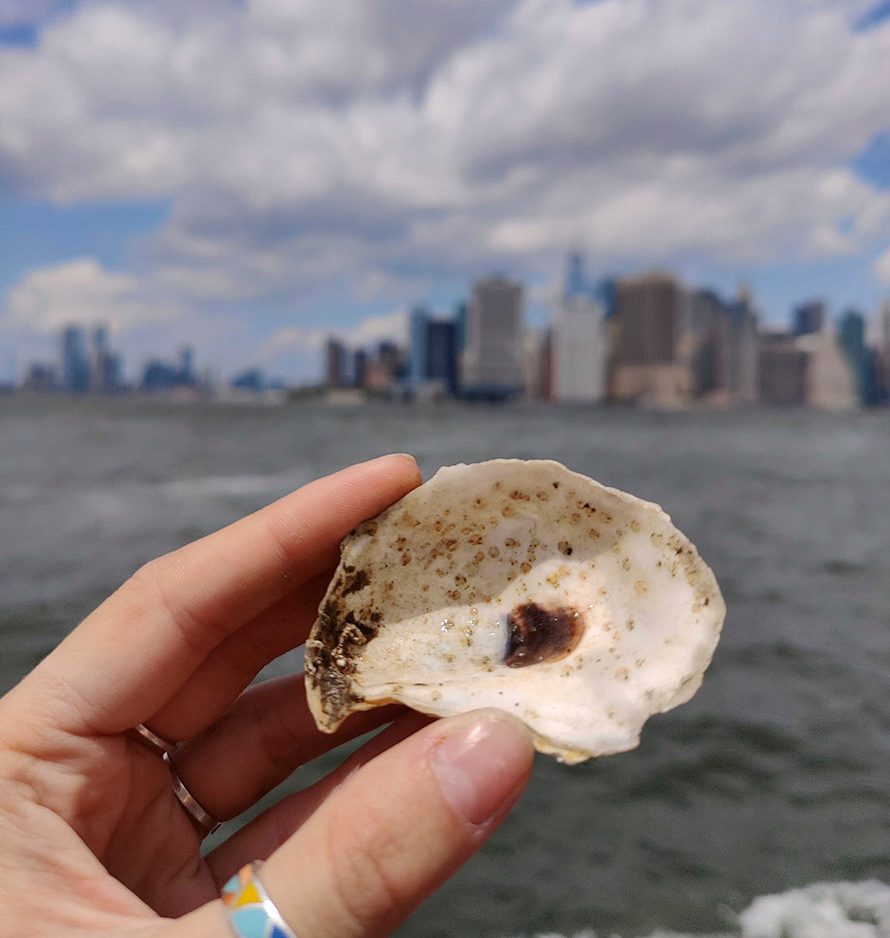Are you sourcing your gold and gems responsibly? Prove it.
Companies across a broad array of industries are increasingly elevating environmental, social, and governance (or ESG) practices and principles in their everyday operations. By implementing strategies that support the three pillars of sustainability—sometimes referred to as “profits, planets, and people”—these businesses are responding to demands from socially conscious employees, investors, and customers for greater corporate responsibility and accountability when it comes to such issues.
The jewelry industry has embraced the underlying principles of ESG for some time. Attempts to reduce the environmental and humanitarian impacts of mining, for instance, have a long history. But some designers and retailers think the industry can—and should—do more, particularly as well-informed consumers look to companies to prove their ethical chops, not simply tout them on social media. Even some of the pioneers in this space, though, acknowledge that it can be hard to know where to start.
Knowing what to measure and how will give you a good baseline. One way to do that is by developing a sustainability report that can create a framework for greater awareness, advocacy, and ambition around these causes.
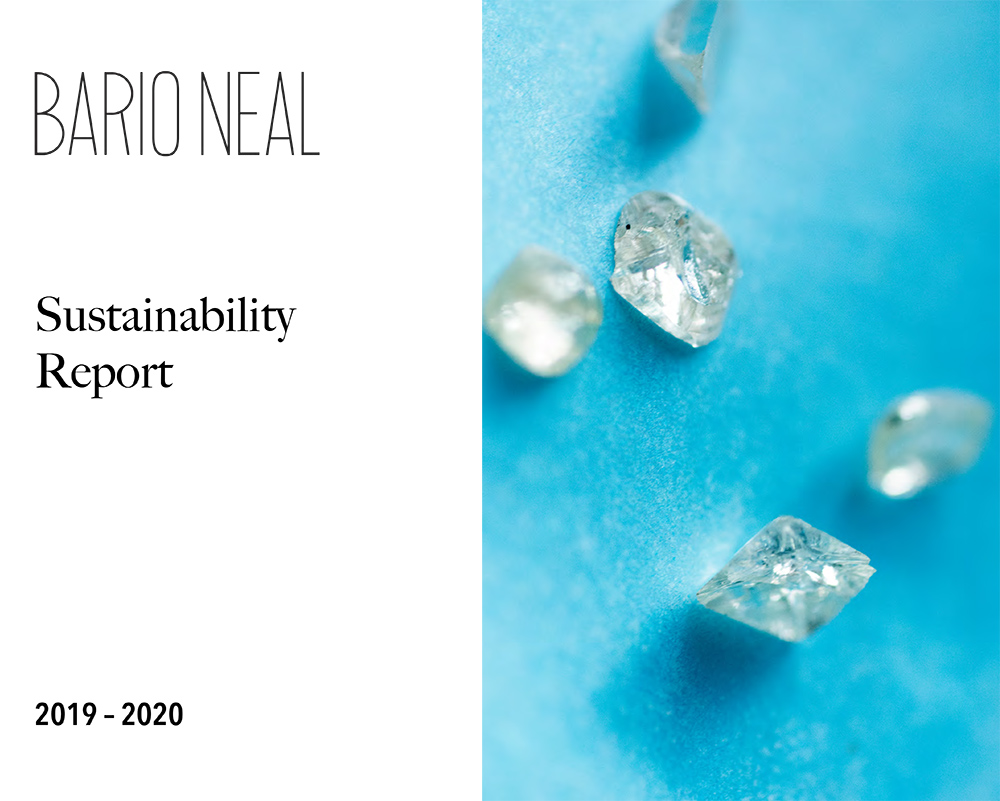 Signet, Tiffany, and Pandora are among the industry heavyweights that have produced sustainability reports, which are used to describe a brand’s ESG goals and its progress toward accomplishing those goals. But even if you’re a small business whose budget doesn’t allow for a dedicated in-house team or full-time hired consultants, there are steps you can take to make your initial foray into reporting sustainability less daunting.
Signet, Tiffany, and Pandora are among the industry heavyweights that have produced sustainability reports, which are used to describe a brand’s ESG goals and its progress toward accomplishing those goals. But even if you’re a small business whose budget doesn’t allow for a dedicated in-house team or full-time hired consultants, there are steps you can take to make your initial foray into reporting sustainability less daunting.
Just ask the owners of Philadelphia-based jeweler Bario Neal, currently at work on their second biannual sustainability report.
“We really started by looking at our own mission and our own values and what we wanted to emphasize and kind of creating a road map not just for the sustainability report, but for where we wanted to target charitable giving as an organization,” Anna Bario, Bario Neal’s cofounder and lead designer, tells JCK.
Bario and other jewelers who have undertaken sustainability reports, along with the experts who advise them, say the following advice and insights will help streamline the process.
Assemble Your Stakeholders
• Your suppliers
Your suppliers’ certifications and supply-chain transparency efforts can help define the scope of your own business’s climate-related and humanitarian impact. “If you wanted to do an ESG-type report, the fastest path is to start buying only from suppliers that have their own certification already in place,” says Andrea Hill, founder and CEO of Hill Management Group, based in Chicago.
The global nature of jewelry-material supply chains is a complicating factor. “It’s hard for us to be local when we’re working with materials from 40 different countries,” Bario says. “A lot of it is domestic and recycled, but we’re also doing a lot of international work.”
Bario Neal’s supplier evaluation process allows the company’s founders to have in-depth conversations with their partners. “It’s really relationship building,” Bario says.

• Your employees
Founded in 2005, San Francisco–based Brilliant Earth was at the vanguard of sustainability practices in jewelry, focusing on recycled metal and gemstones and choosing sustainable materials for everything from its showroom to packaging. The company published its first sustainability report in March of this year.
Cofounder and CEO Beth Gerstein says it is essential to approach sustainability reporting as an all-hands-on-deck effort. Crafting Brilliant Earth’s first report was “a team effort,” Gerstein says. “It touches on so many different groups. We had to align around overall metrics and how to report on them and how to set goals for the future.”
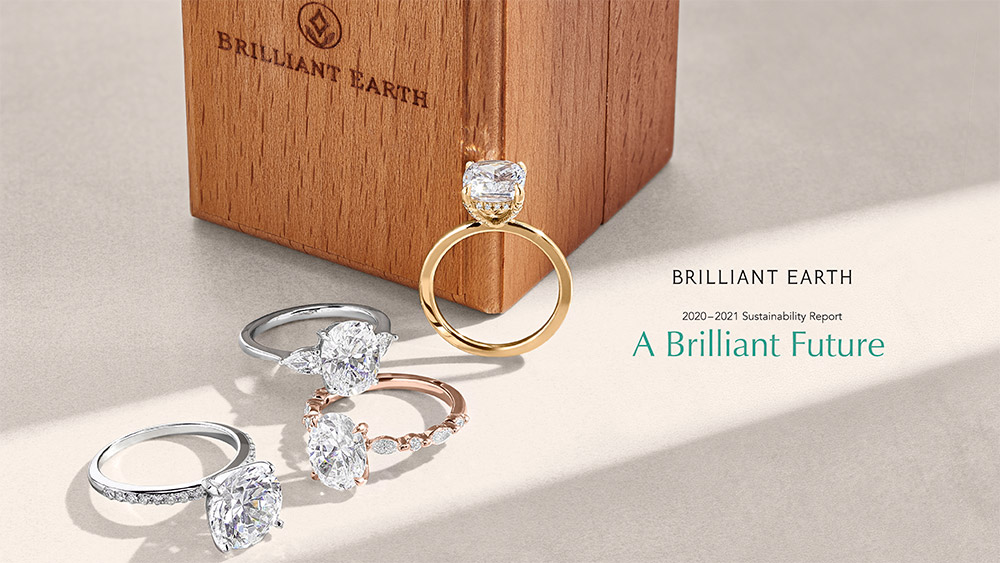 • Your customers
• Your customers
Opening a dialogue with customers is a good way to find out about their priorities as well as inform them of your sustainability accomplishments.
“We feel that people who buy luxury watches are people who can make a difference with their actions on a daily basis in a collective way,” says V.J. Geronimo, North American CEO at Oris Watches USA in Norwalk, Conn., which put out its first sustainability report earlier this year. “We see ourselves as a mouthpiece to raise awareness about the issue.”
• Outside pros
Jewelers who have been through the process say that tapping consulting experts can go a long way toward helping shape your first sustainability report.
“We worked with outside consultants in developing not just the report but the process and that structure that creates those metrics,” Bario says, adding that their perspective helped her in-house team define the scope of their own efforts. “Our initial report really focused on materials, prioritized by volume—gold, precious metals, diamonds, sapphires—rather than trying in our first push to pull through every single material,” she says.
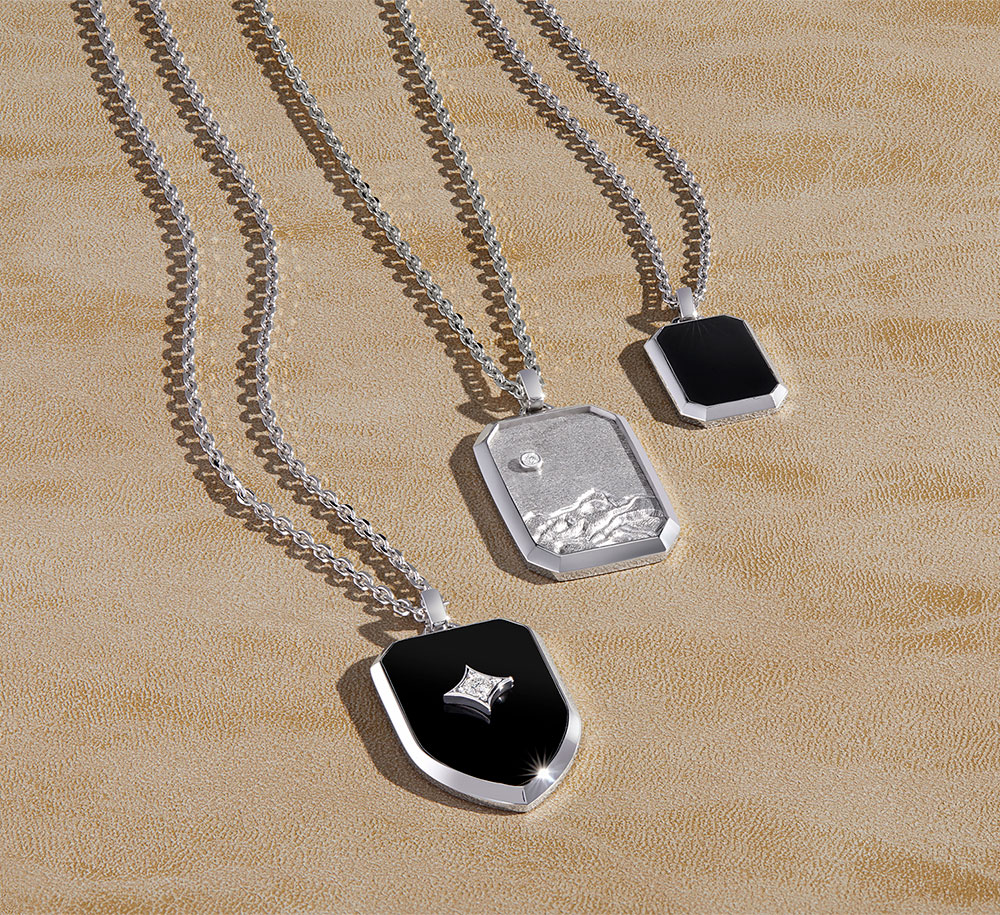
Sebastian Valencia, a partner at Clarkston Consulting, which helps companies produce sustainability reports, says businesses occasionally need help sorting through the wide scope of ESG priorities. In the jewelry industry, those concerns can range from ethical supply chains and environmentally conscious sourcing to labor and employee relations to community involvement and advocacy.
Tap ESG Advocacy Groups for Best Practices
To launch your own company’s sustainability reporting project, you can use a framework developed by a nonprofit organization promoting one or more facets of ESG. Specifically, experts say the metrics laid out by organizations such as Climate Neutral, the Sustainability Accounting Standards Board, and the Global Reporting Initiative—to name a few prominent ones—provide a good guide to what kinds of information you need to gather.
Some companies go through the effort (and cost) of attaining one or more sustainability and ethics certifications from a third-party organization. Geronimo says Oris developed its sustainability report after undergoing the process to be Climate Neutral Certified. “It was a pretty in-depth process because it involves everything that we do across the organization,” he says. “A lot of it is about record keeping and understanding your uses of carbon. You need to gather all the stats that kind of go with those processes.”
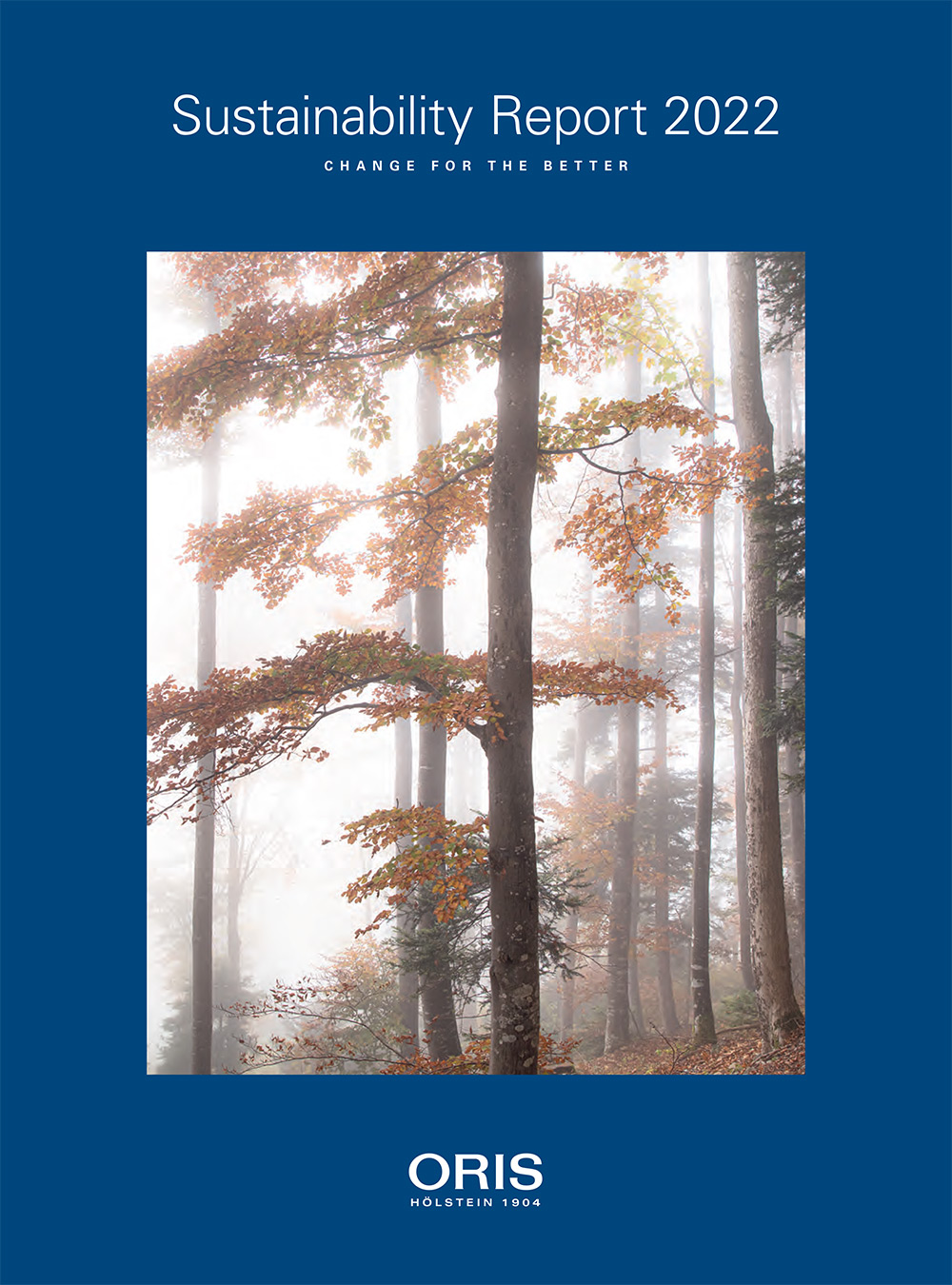 Hill adds that it’s important to be clear in how you characterize your operations in the context of third-party sustainability organizations and their standards. If you are following or trying to adhere to a set of standards, be transparent and avoid stating—or even implying—that you have been certified if you haven’t been.
Hill adds that it’s important to be clear in how you characterize your operations in the context of third-party sustainability organizations and their standards. If you are following or trying to adhere to a set of standards, be transparent and avoid stating—or even implying—that you have been certified if you haven’t been.
So-called greenwashing can trigger a public relations nightmare and could even land you in hot water with the Federal Trade Commission, which regulates truth in advertising.
Commit to a Long-Range Vision
With one sustainability report completed and a second in the works, “we’re learning that this is a continual work in progress,” Bario Neal’s Anna Bario says.
It’s important to keep that fact in perspective, experts say. You can start small and use your initial report to identify the work toward sustainability you are already doing and define goals for the future.
“We encourage people to create a responsibility road map so it’s really clear what’s next and where the challenges are,” Hill says.
Gerstein cautions other jewelers that they can’t achieve everything all at once. “It’s important to understand the data you can measure and what changes you can make [to] understand not just where you are, but what areas you want to improve on,” she says.
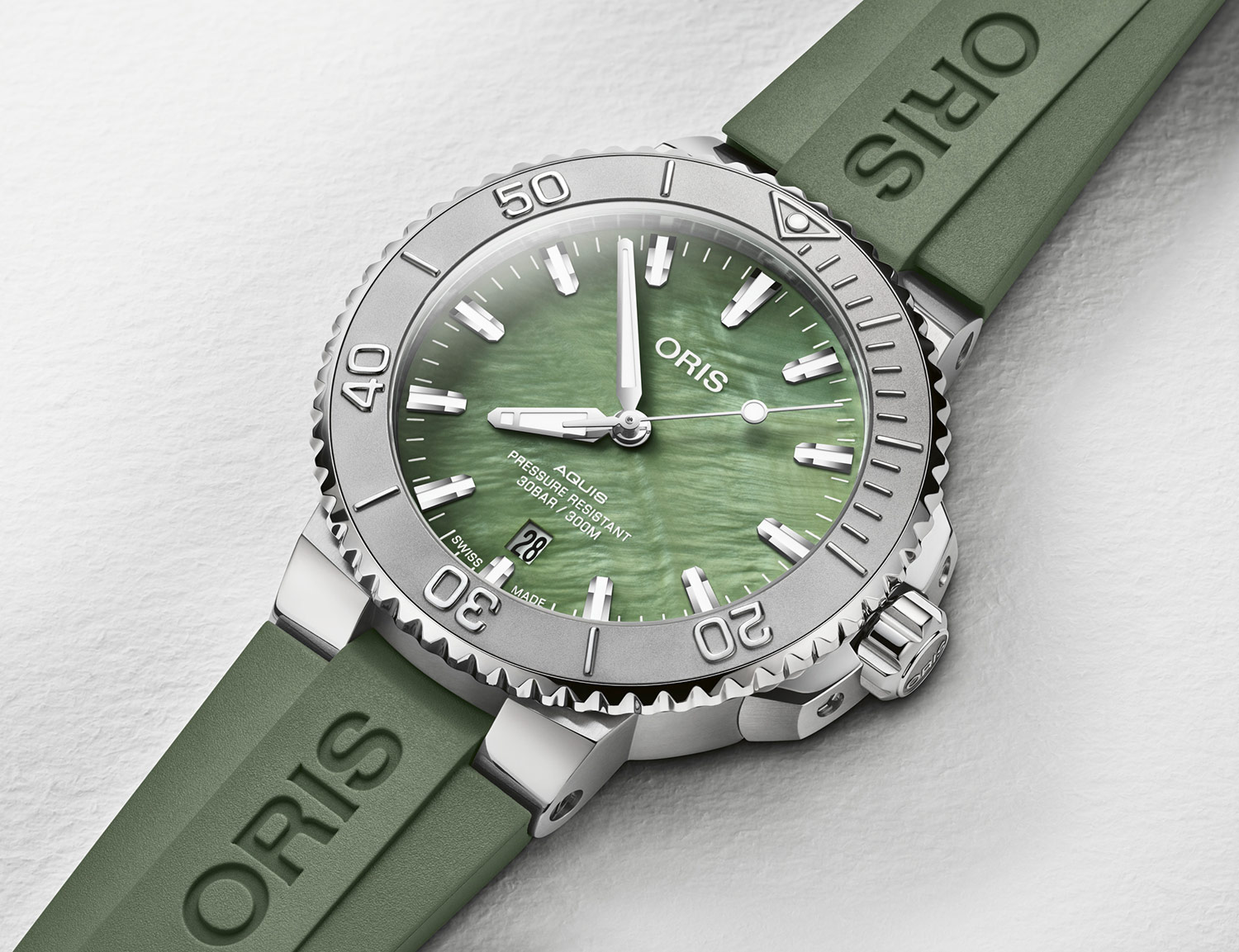
Why You Should Consider a Sustainability Report
While helping preserve the planet and conducting business in a socially responsible manner are motivation enough for many, industry experts say evolving consumer tastes and greater awareness about sustainably produced goods provide another compelling reason to invest the time and money into defining your ESG accomplishments and goals.
“Obviously, sustainability and ESG values are important in any business, and clearly there’s much more interest from a consumer perspective than we saw 10 to 15 years ago,” Bario says. “It’s amazing to me how much our industry has grown even in the last five years in terms of unearthing the knowledge and shared language we need to really be sourcing more responsibly.”
Top: An oyster shell and New York Harbor (photo courtesy of Billion Oyster Project)
